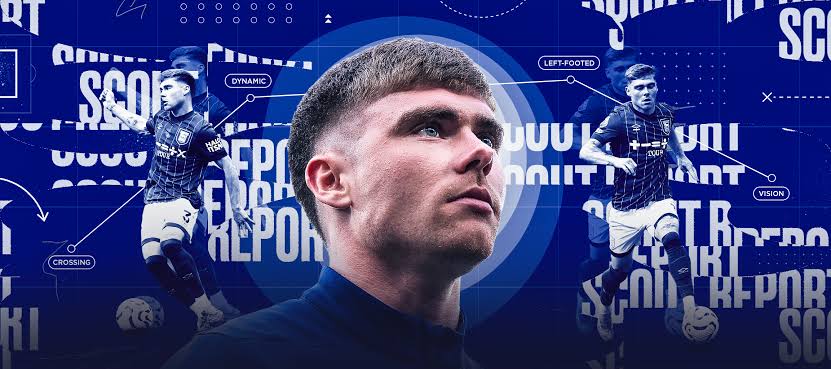
Coaches’ Voice | Every Bit the Modern Full-Back: How Today’s Defenders Are Redefining the Game

In the evolving world of football, the role of the full-back has transformed dramatically. No longer just defensive anchors on the flanks, modern full-backs are now expected to be versatile, dynamic, and vital contributors to both defense and attack. Coaches from across the globe are sharing their insights on what it truly means to be “every bit the modern full-back” — a role that blends tactical intelligence, physical endurance, and technical skill like never before.
#### The Full-Back Role: From Traditional to Tactical Powerhouse
Gone are the days when full-backs simply marked wingers and blocked crosses. Today’s game demands so much more. Coaches emphasize that a full-back’s responsibilities have expanded exponentially, making them one of the most crucial positions on the pitch.
Modern full-backs are expected to cover large distances throughout the match, frequently joining attacks and providing width and creativity. They act as both defenders and auxiliary midfielders, offering support in possession and pressing opponents aggressively when out of it.
According to several leading coaches, the ideal modern full-back blends stamina, speed, and tactical awareness. “It’s a demanding position,” says one prominent coach. “You must be solid defensively but fearless going forward. The best full-backs read the game well, know when to surge forward, and just as importantly, when to drop back.”
#### Key Traits Defining the Modern Full-Back
Coaches describe several attributes that are essential for success in this role:
* **Endurance and Speed:** Covering the length of the pitch multiple times during a game requires top-level fitness. Full-backs must sprint back to defend immediately after an attacking run.
* **Technical Ability:** Crossing accuracy, ball control, and quick passing are fundamental. Full-backs often initiate attacking moves and must be confident on the ball.
* **Tactical Intelligence:** Understanding when to overlap, underlap, or hold position is crucial. The timing of runs can open up spaces and disrupt opposition defenses.
* **Defensive Solidity:** Despite the attacking demands, full-backs must remain dependable when called upon to tackle, intercept, or block.
* **Versatility:** Many modern full-backs can also slot into midfield or even wing-back roles depending on the team’s formation, adding another layer of flexibility.
#### Coaches’ Insight: Learning from the Best
Football managers often point to world-class full-backs like Trent Alexander-Arnold, Alphonso Davies, and João Cancelo as prime examples of the modern prototype. These players combine blistering pace, pinpoint crosses, and tactical discipline — making them indispensable.
One coach remarked, “Watching these players is like seeing a hybrid between a winger and a defender. They’re not just defending the flanks; they’re creating chances and even scoring goals. That’s the evolution of the position.”
Youth coaches are increasingly focusing on developing these skills in academy players, recognizing that the full-back of the future must be comfortable in every phase of play.
#### Why This Role Is Captivating Fans and Analysts Alike
The modern full-back is no longer a background player but a focal point of tactical strategy. Their ability to influence the game both defensively and offensively adds excitement and unpredictability. Fans love watching full-backs burst down the wing, whip in dangerous crosses, or recover with crucial tackles.
Tactically astute managers value full-backs who can shift the balance of a game, making this role a must-watch for football enthusiasts.
—
**In conclusion, the full-back role has evolved into one of football’s most demanding and dynamic positions. With coaches worldwide agreeing that the modern full-back must be “every bit” of the role — combining defense, attack, stamina, and smarts — it’s clear that these players are central to the beautiful game’s future.







